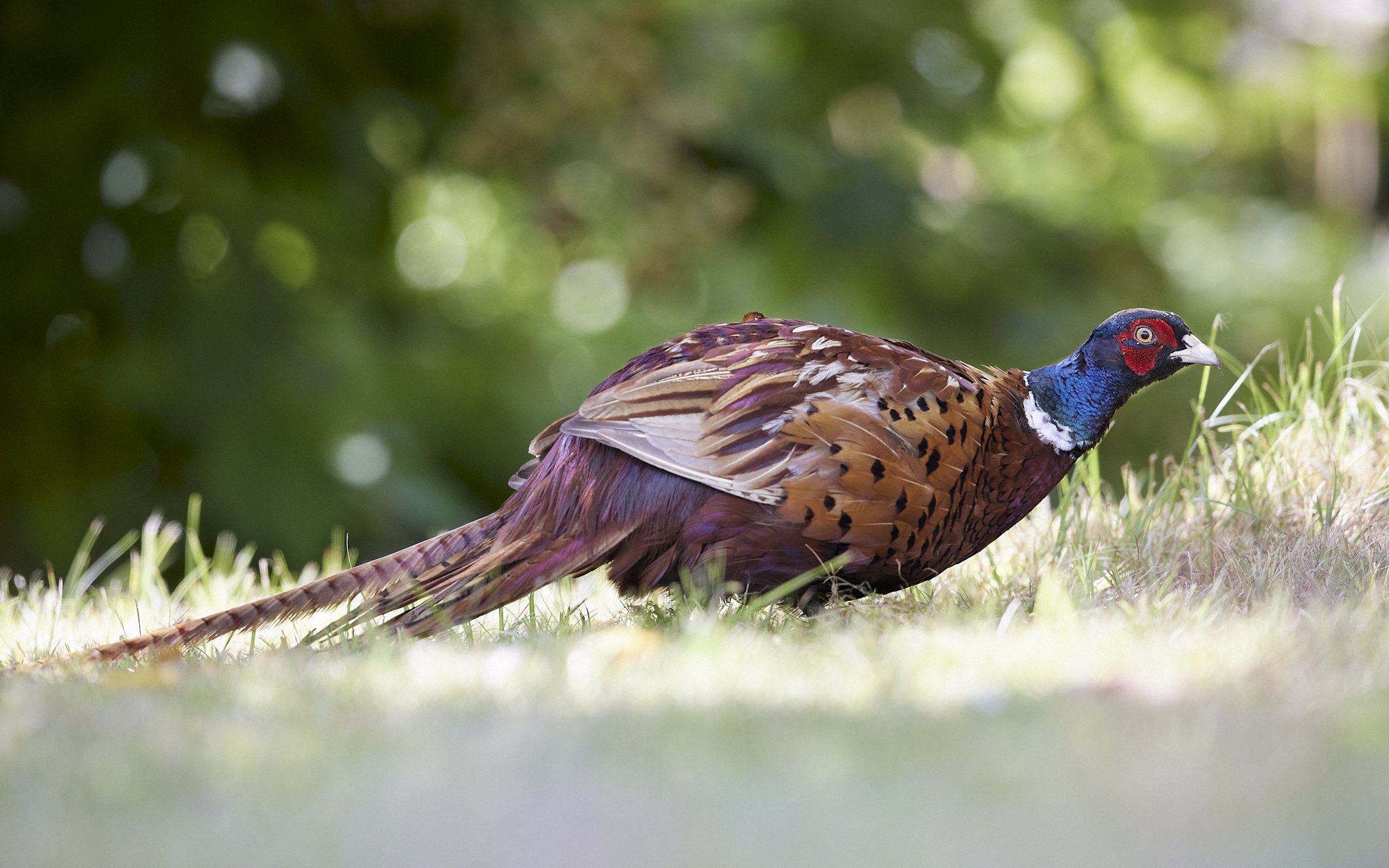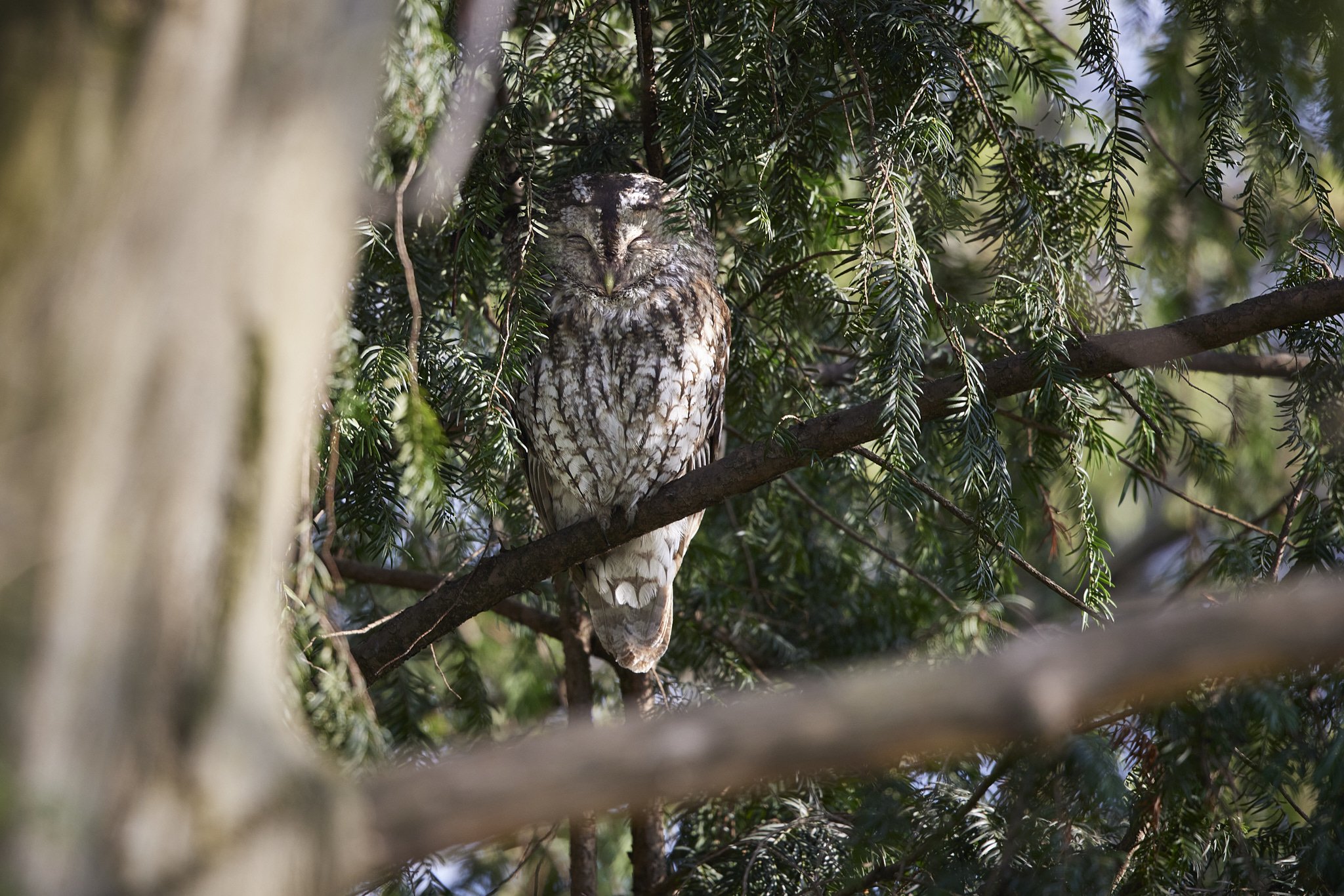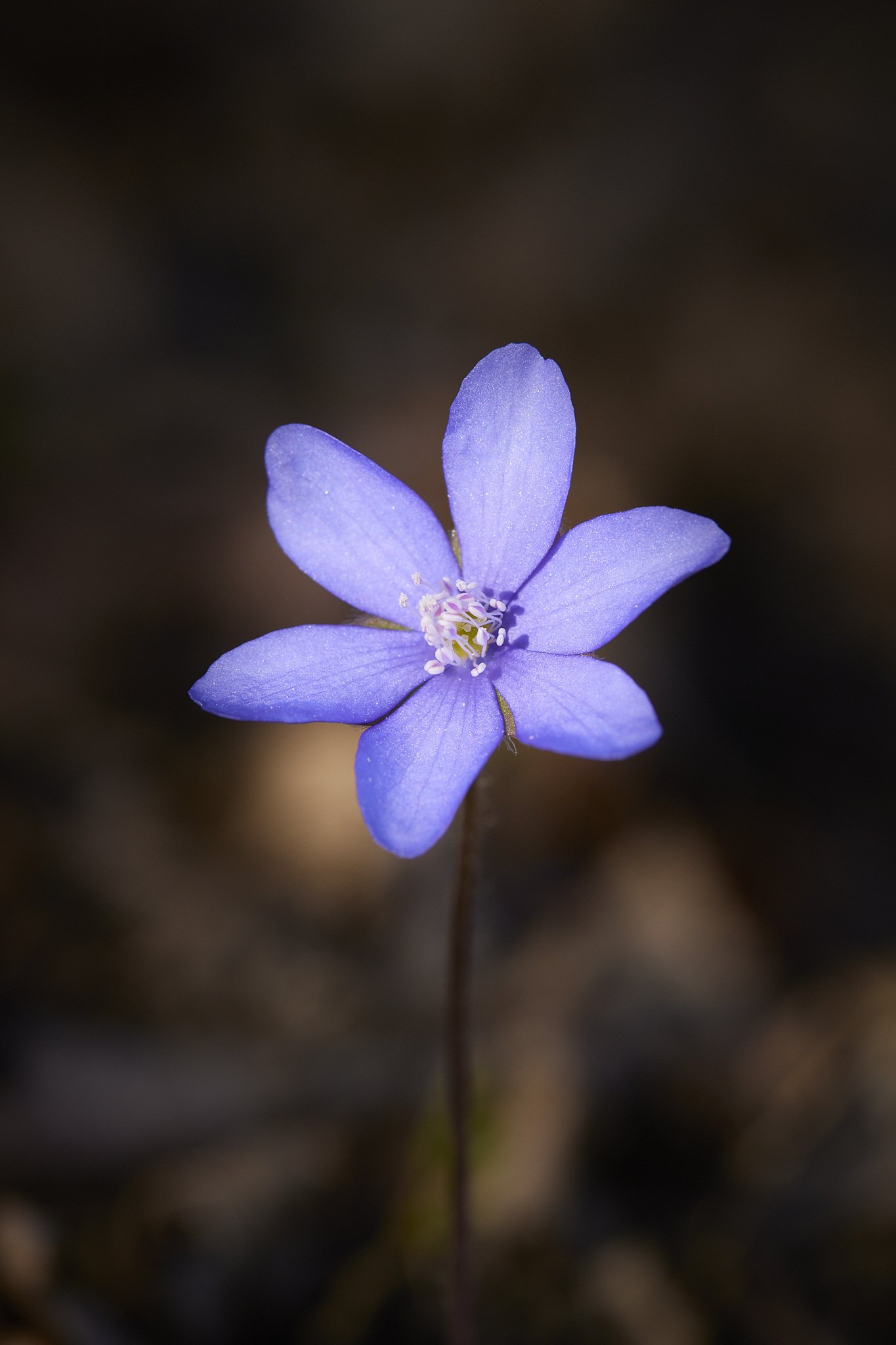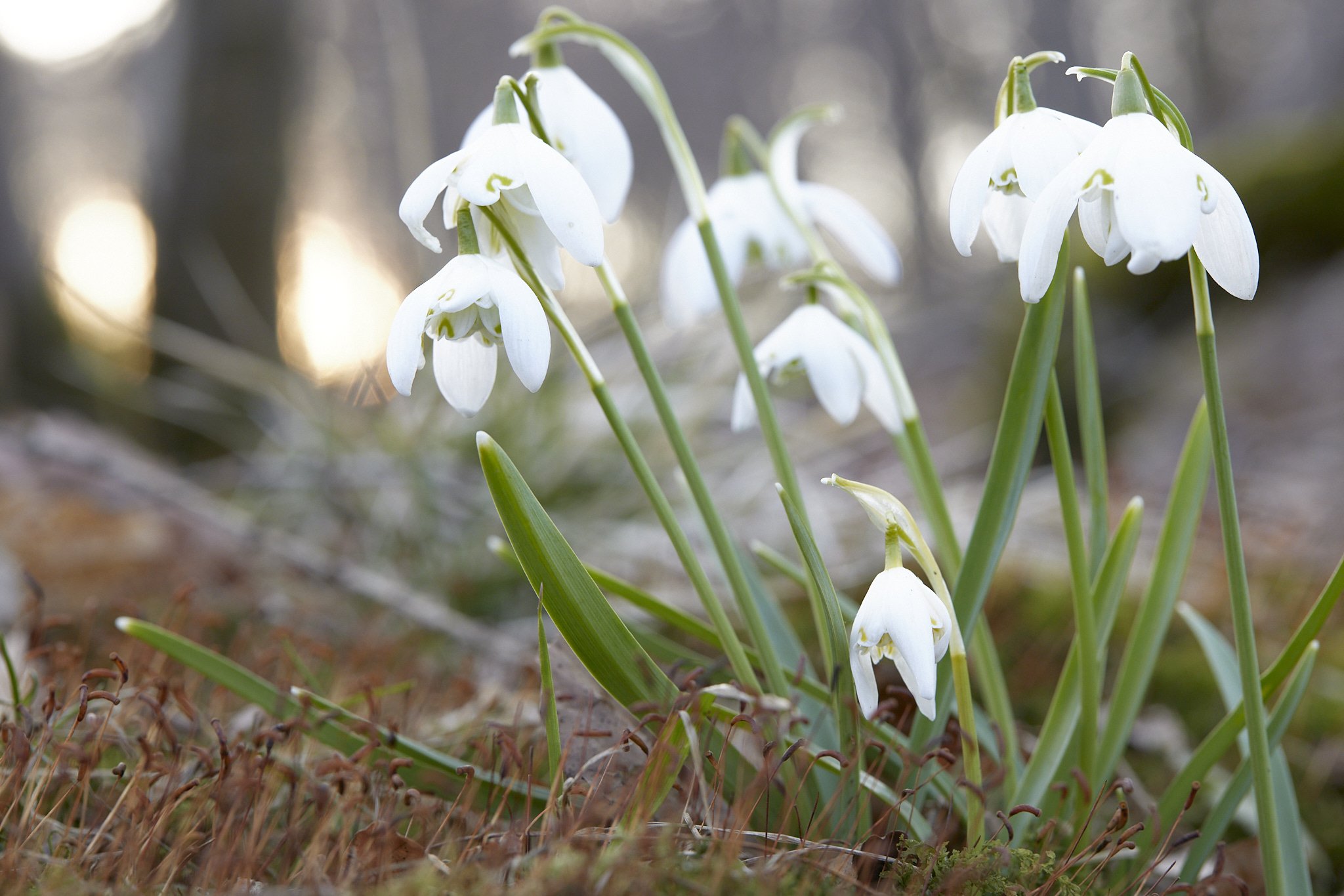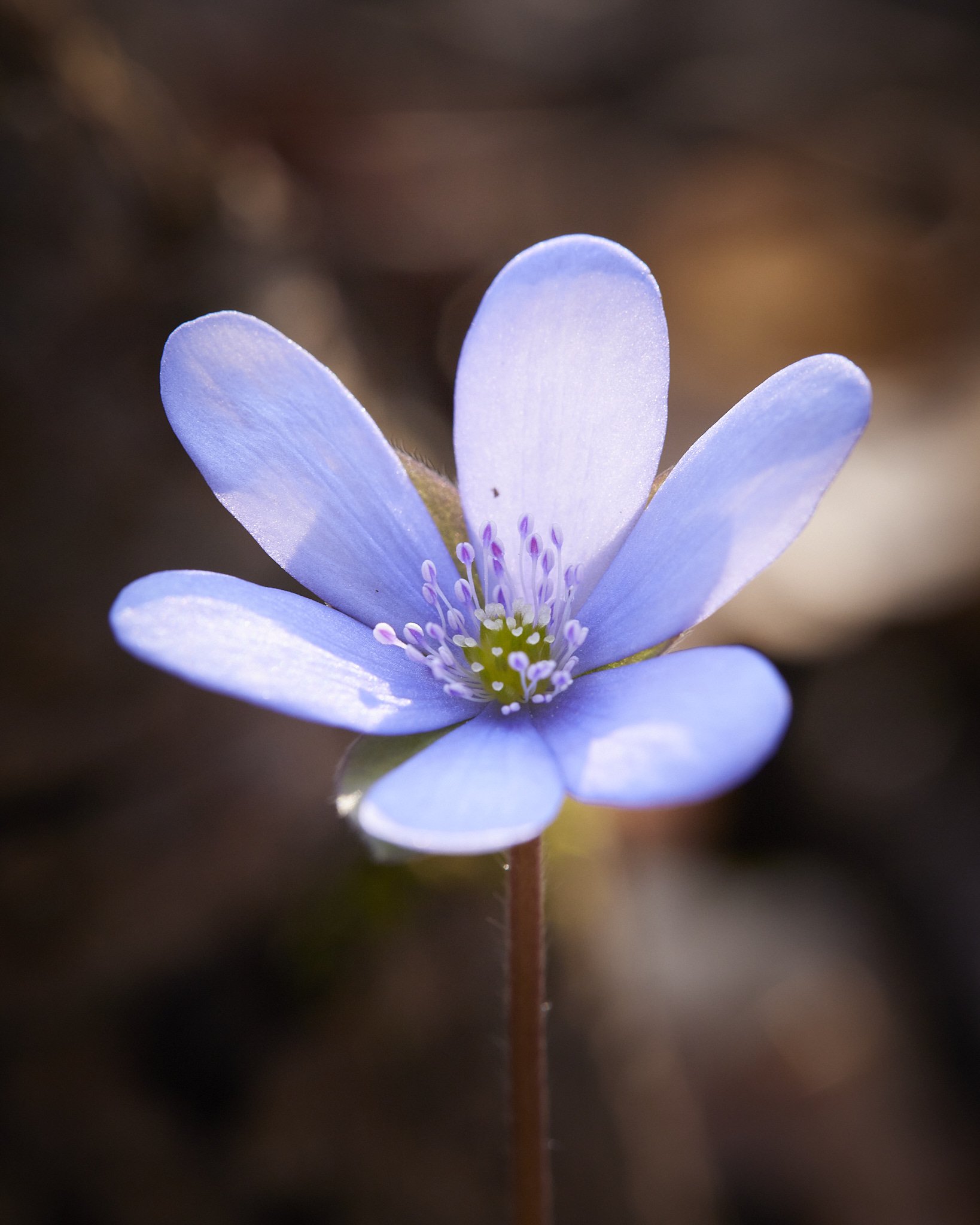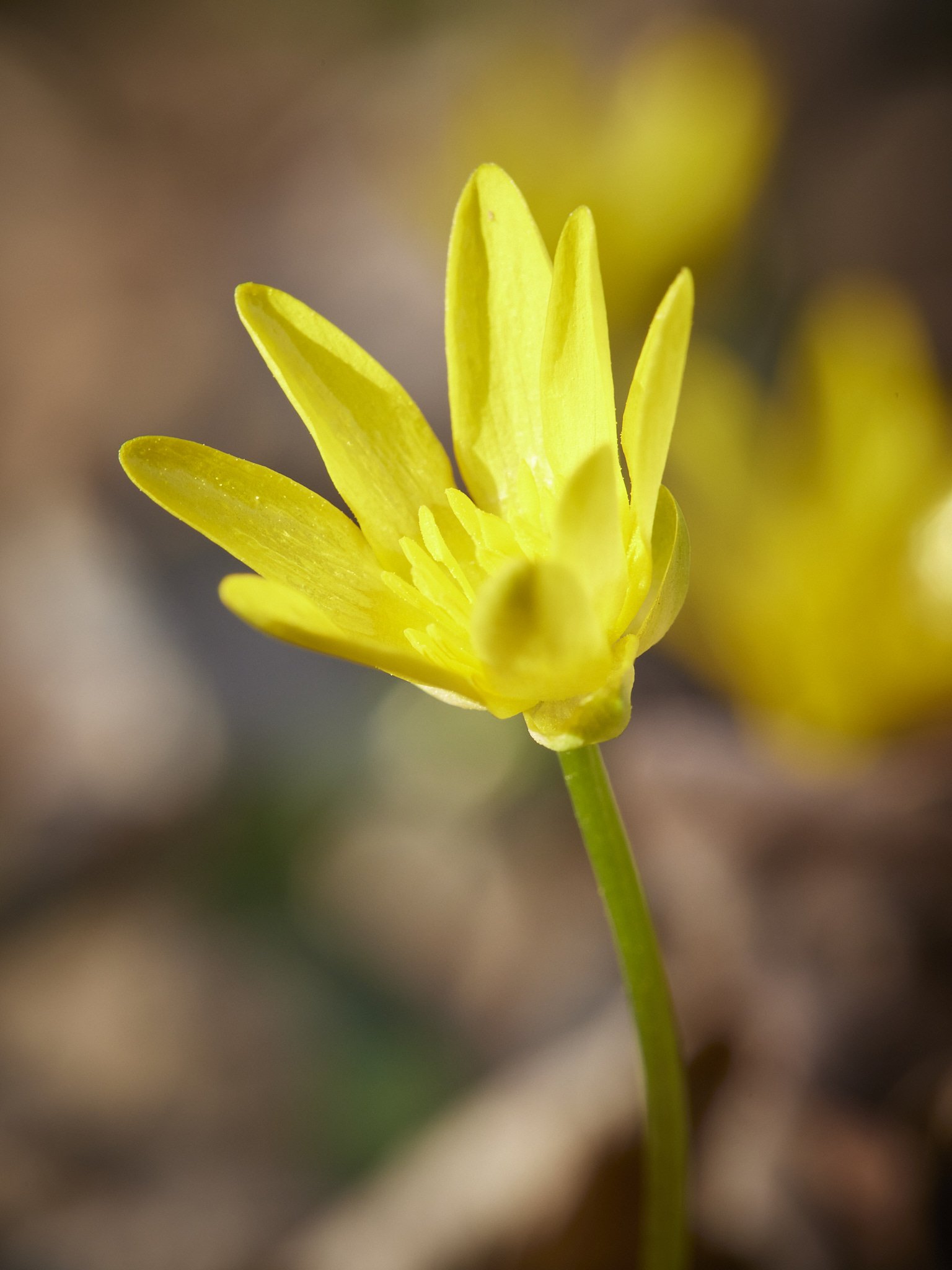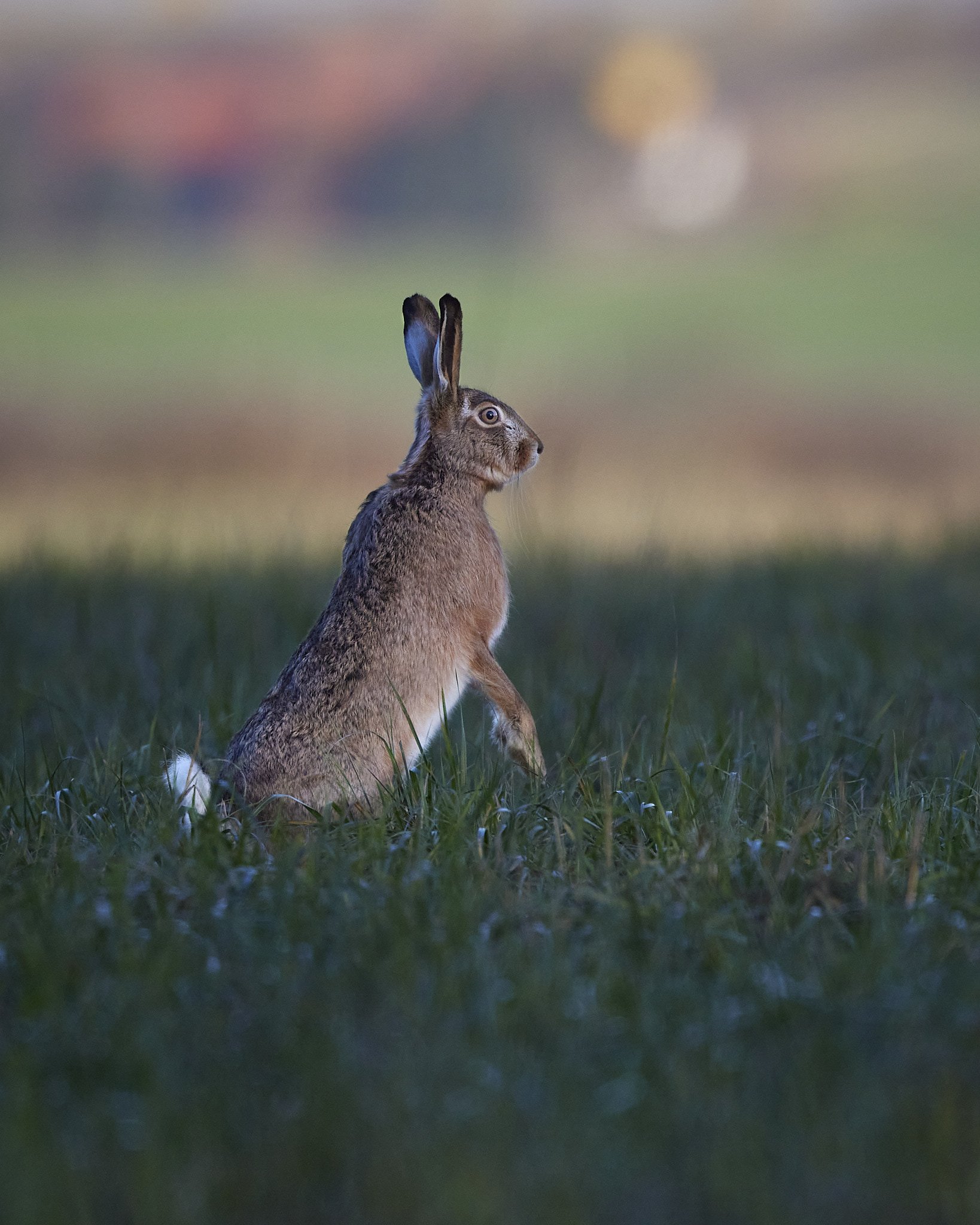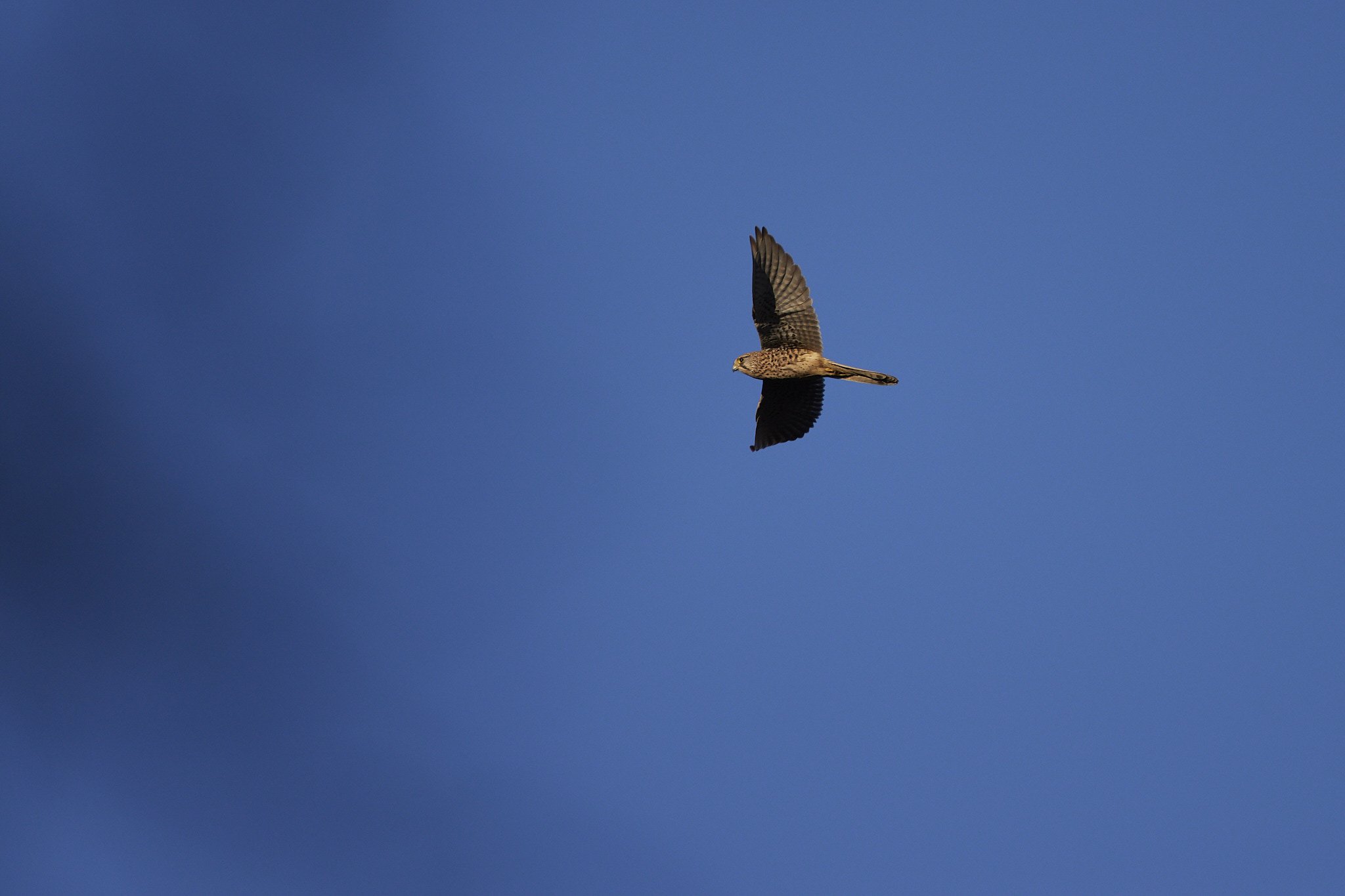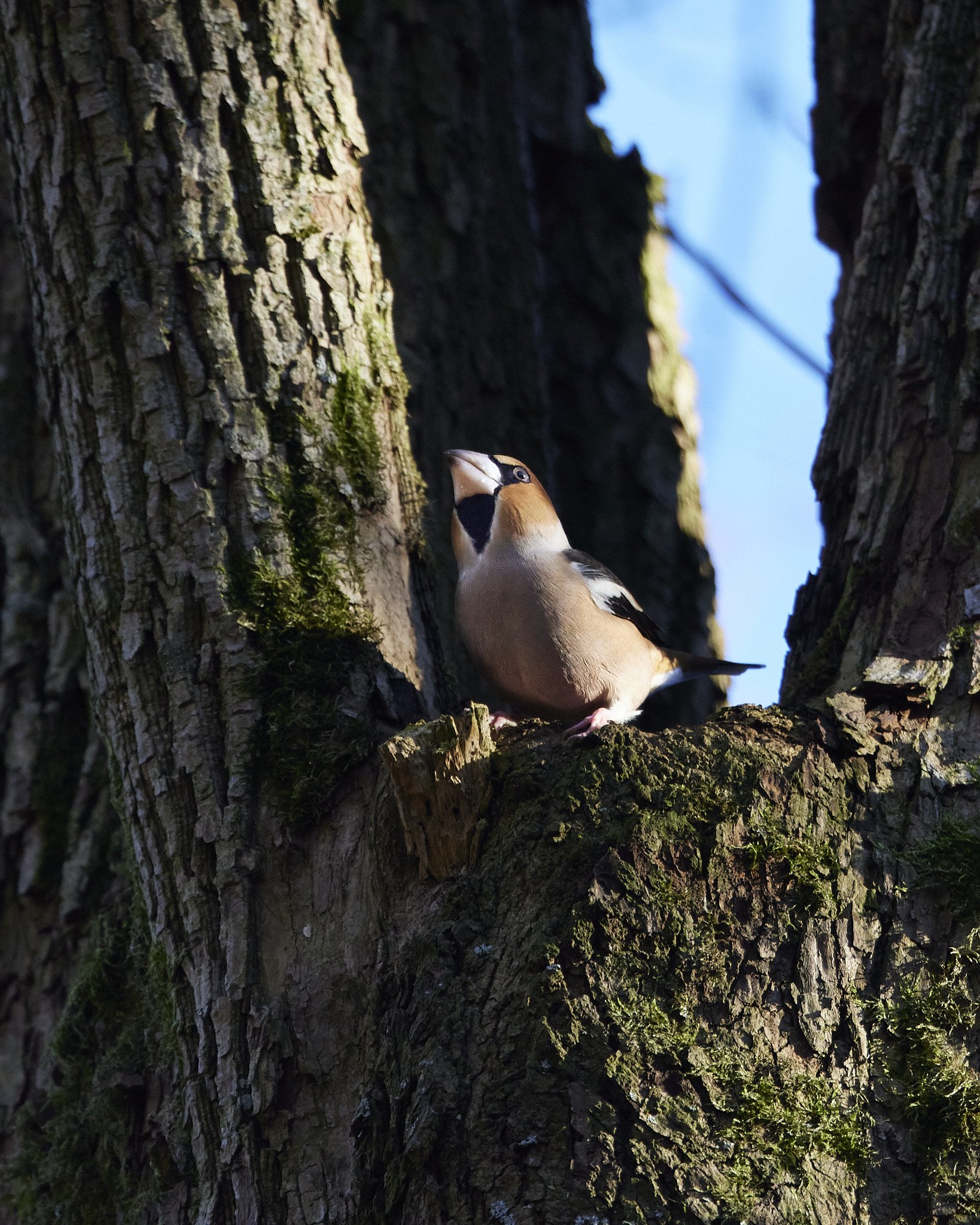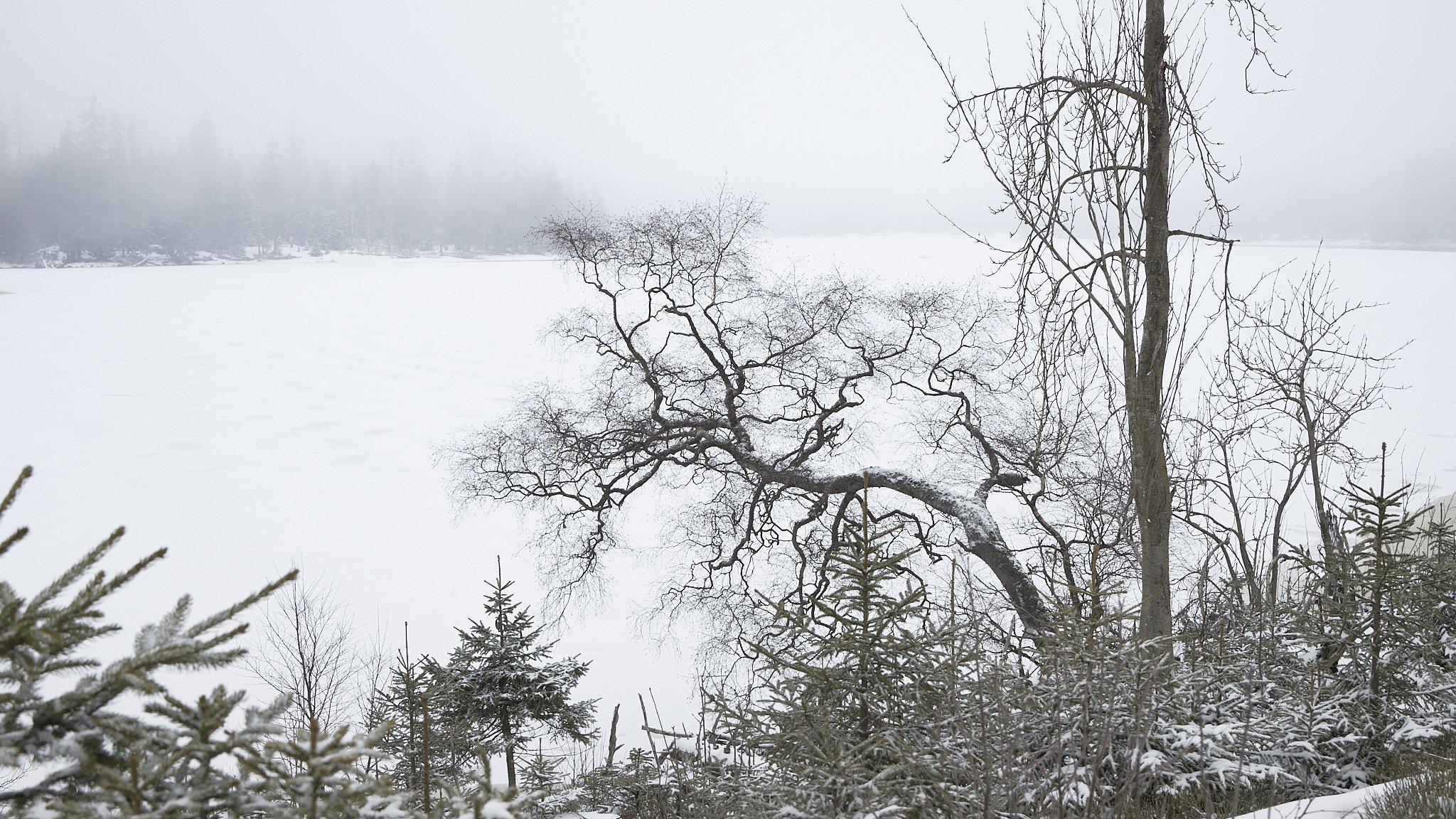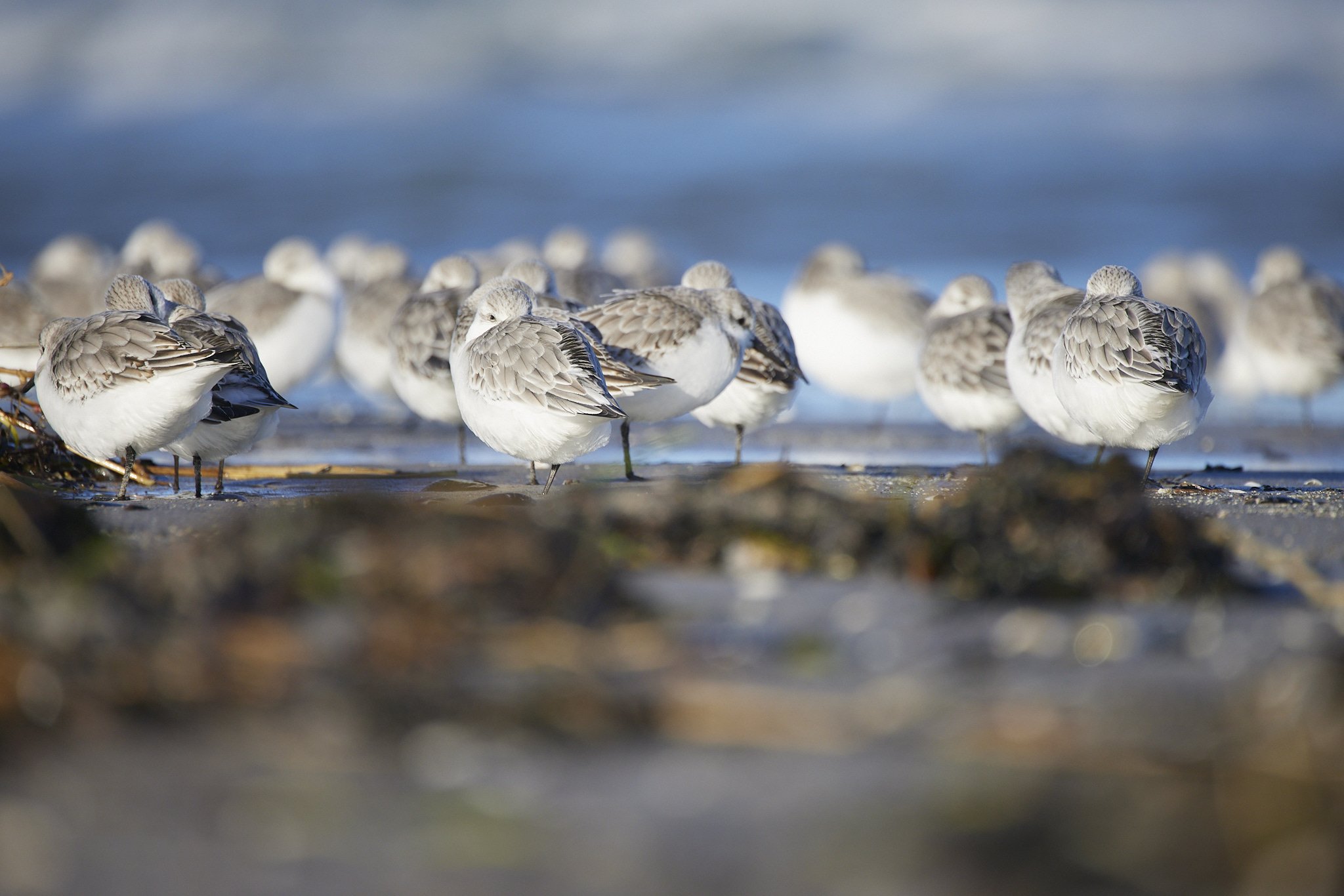I know quite a lot of fox and badger dens in my local area. But this one came as a complete surprise. Last year, my friend Luka (make sure to check his work!) called me. His dog, Boris the pointer, had been a good boy and sniffed out a fox den in the most unlikely of places: inside a huge stack of wood right beside a forest track only a kilometre from the next village. Fear not: Boris only pointed to the young foxes, but did them no harm.
It turned out the little fox cubs had come out every evening to play and explore the huge world outside their stack. And this is right when I went there.
The curious little guys where punctual like a clock. About an hour before sunset they came out. I usually heard them sniffing and playing before I saw them. They never strayed far from the safety of the stack though and if, then in the opposite direction of me into thick thorns and bushes. One pup was particulary inquistive and hit the forest road more than once. Exploring and sniffing. But even he kept quite close to the stack which provided him for safety and me with a quite ugly backdrop.
The experience was still beautiful though: Seeing the young cubs play and explore. I even saw mother bring food once and call them out. It was only then when I saw all four pups together.
I hope all five of them made it and they are happily roaming the area. Looking forward to seeing next generation of young foxes in a few weeks time. At another place. Special thanks to Paul for your company!










